Thomas Edison engaged in three battles in his quest to electrify New York City. First he fought the gas industry, then arc lighting, and then his most famous battle against the polyphase alternating current system of Nikola Tesla.
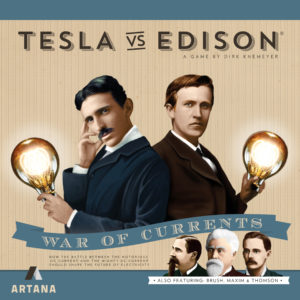
Tesla was a Serbian engineer who had bounced around Austria, the current Czech and Slovak Republics, and Hungary before taking a job working for Continental Edison in Paris. While in Budapest he had envisioned a way to solve one of the biggest problems with direct current, the sparking commutator. Like Edison, Tesla also labored eighteen to twenty hours a day, a habit that occasionally sent him into a serious bout of exhaustion. After one such incident he was walking through a downtown park reciting the epic poem Faust by Johann Goethe when suddenly he stopped:
“The idea came to me like a flash of lightning and in an instant the truth was revealed. I drew with a stick on the sand the diagrams…The images I saw were wonderfully sharp and clear.”
Tesla envisioned the rotating magnetic field that would become his alternating current motor, which solves the problem that had kept alternating current from replacing direct current as a power source. It would be many more years before Tesla would have a chance to build his motor. (He created his prototype while fixing Edison’s direct current dynamos in Strasbourg—the ones that nearly killed Emperor Wilhelm.)
By the time the unknown Tesla arrived in New York in 1884, Edison was already famous and well on his way to establishing a monopoly on providing electricity to New York and other cities. During the year that Tesla worked for Edison, in which he revamped and improved direct current dynamos, he tried repeatedly and unsuccessfully to convince Edison that it would be better to use alternating current using his unproven rotating magnetic field induction motor. But Edison had already ruled out alternating current as viable power source, and he was permanently invested in the massive infrastructure he had already created for direct current. Tesla grew fed up, and eventually quit.
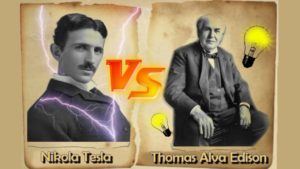
Meanwhile, Edison’s direct current empire continued to expand to other cities and states, although not without competition. In 1882, George Westinghouse—famous for his invention of the air brake for railroad cars—bought out Philip Diehl’s competing induction lamp patent rights, which forced Edison to lower the licensing rate for using his patents, thus reducing the price of electric lamps (and Edison’s profit). Other direct current companies, like Thomson-Houston, also pressured Edison to keep his rates reasonable. The ubiquitous patent lawsuits kept everyone busy trying to protect their own businesses.
Edison was clearly the leader in this field, but that was about to change. Westinghouse formed his own electric company in 1886, and by 1888 Tesla finally had developed his complete alternating current induction motor and all the associated transformers. This revolutionized the industry. Westinghouse purchased the rights to Tesla’s patents and hired him to incorporate them into his own systems. The war of the currents was officially on.
Eventually, Tesla would go on to win that battle. More on that in a future post.
[This is part I of a three part series on Tesla vs Edison in the War of the Currents, all adapted from my book Edison: The Inventor of the Modern World. Also check out my earlier book, Tesla: The Wizard of Electricity. Both are available in Barnes and Noble stores nationwide. See links below. Part II of the series can be read here. Here is Part III.]
David J. Kent is an avid science traveler and the author of Lincoln: The Man Who Saved America, now available. His previous books include Tesla: The Wizard of Electricity and Edison: The Inventor of the Modern World (both Fall River Press). He has also written two e-books: Nikola Tesla: Renewable Energy Ahead of Its Time and Abraham Lincoln and Nikola Tesla: Connected by Fate.
Check out my Goodreads author page. While you’re at it, “Like” my Facebook author page for more updates!
Follow me by subscribing by email on the home page. Share with your friends using the buttons below.
[Daily Post]
Like this:
Like Loading...
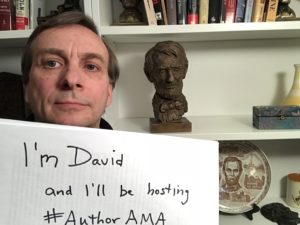 Ask Me Anything at #AuthorsAMA!
Ask Me Anything at #AuthorsAMA!


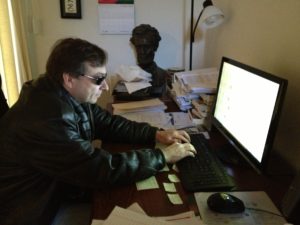 The writing life has kept me busy this past year. In
The writing life has kept me busy this past year. In 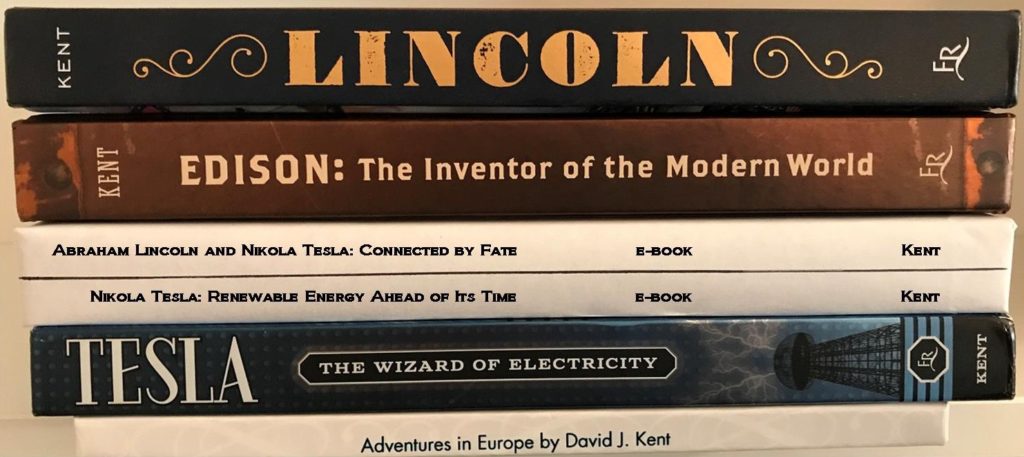
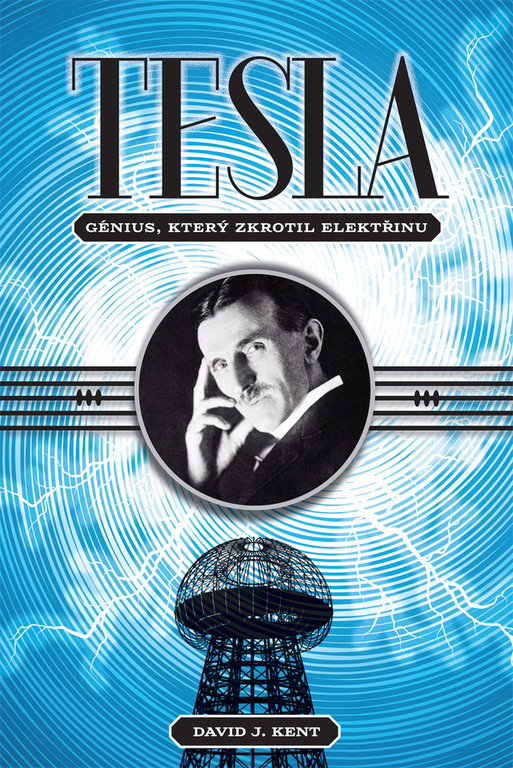

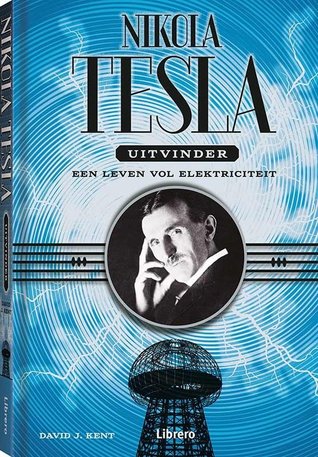
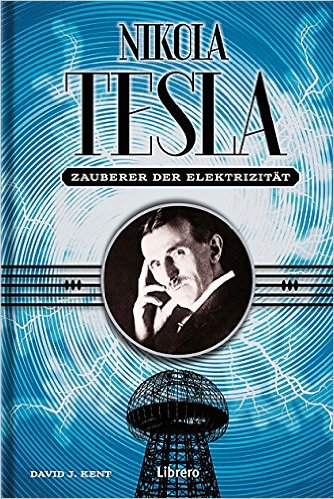
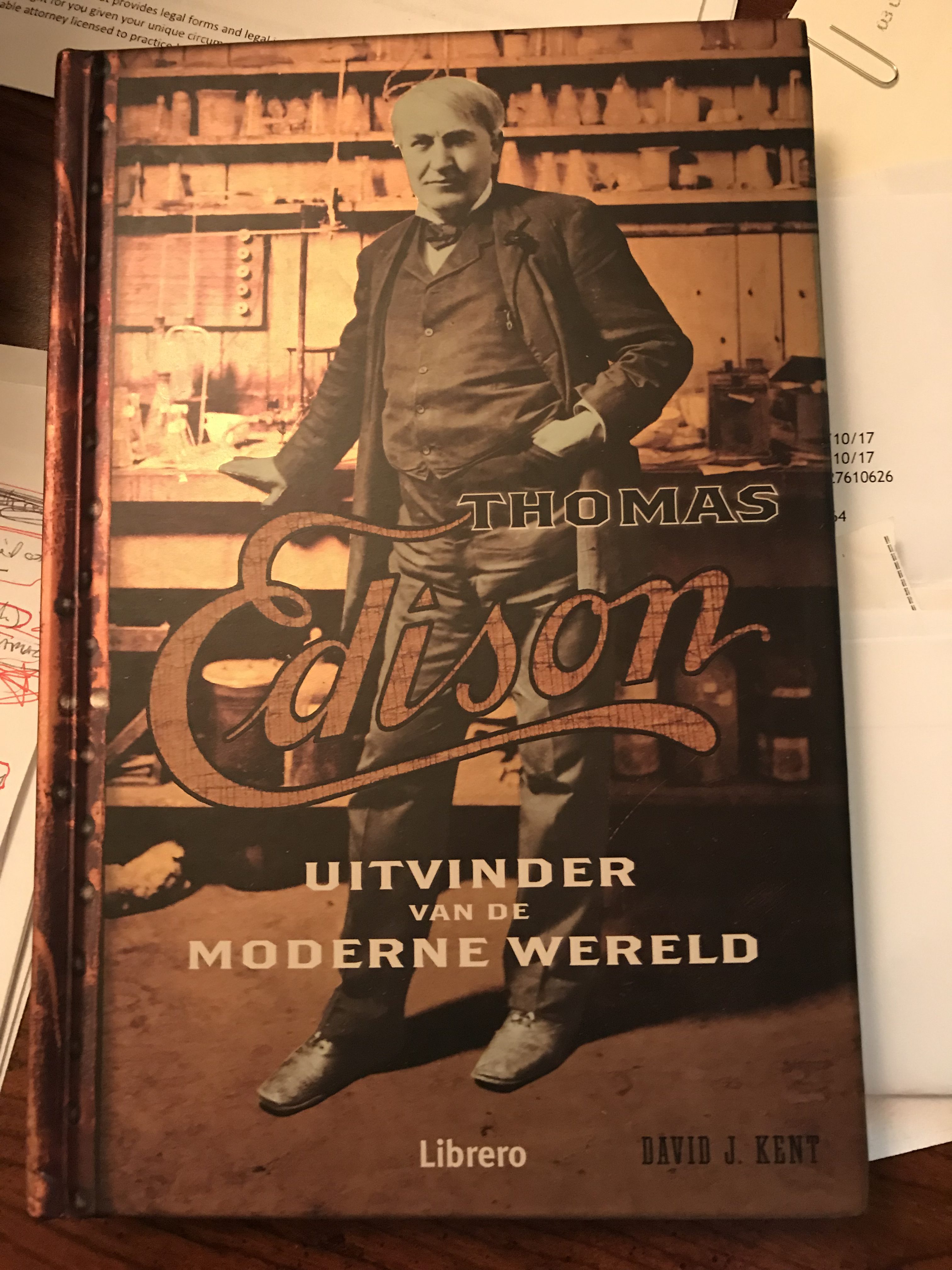
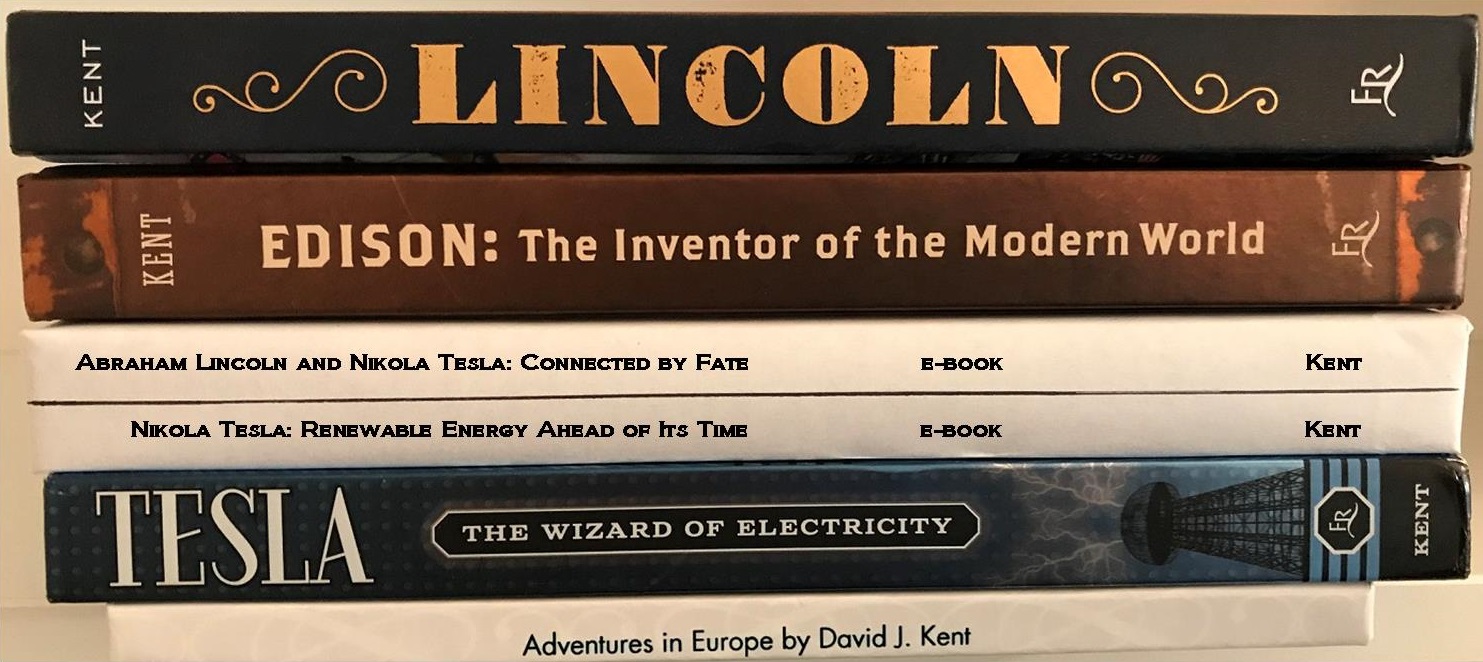

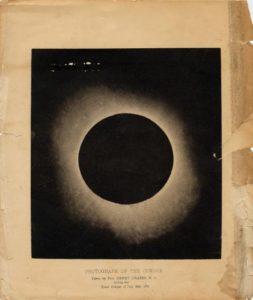 Thomas Edison invented just about everything, or at least got credit for much of it. He even was involved in a total solar eclipse in 1878. Edison had developed a tasimeter to measure infrared radiation, and he wanted to use it to measure the small changes in temperature from the sun during the eclipse.
Thomas Edison invented just about everything, or at least got credit for much of it. He even was involved in a total solar eclipse in 1878. Edison had developed a tasimeter to measure infrared radiation, and he wanted to use it to measure the small changes in temperature from the sun during the eclipse.


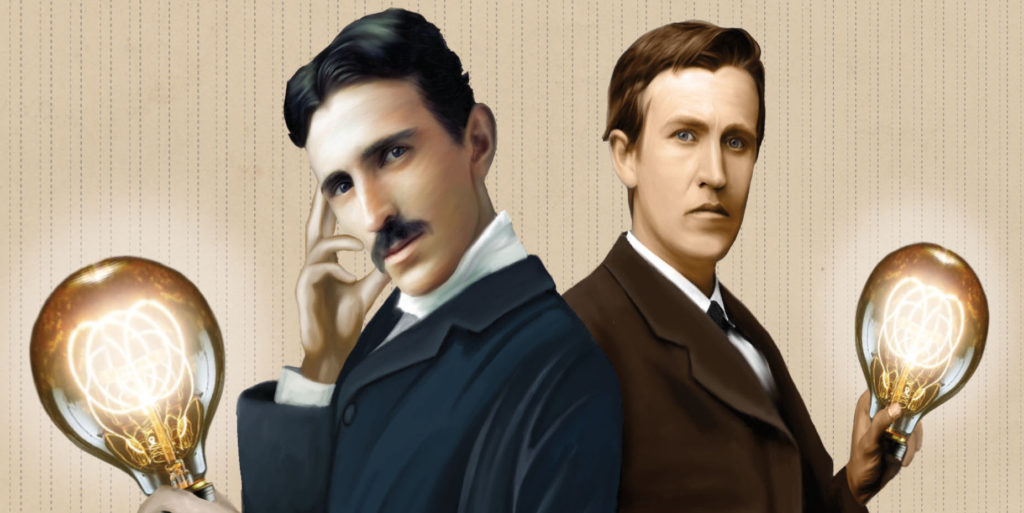



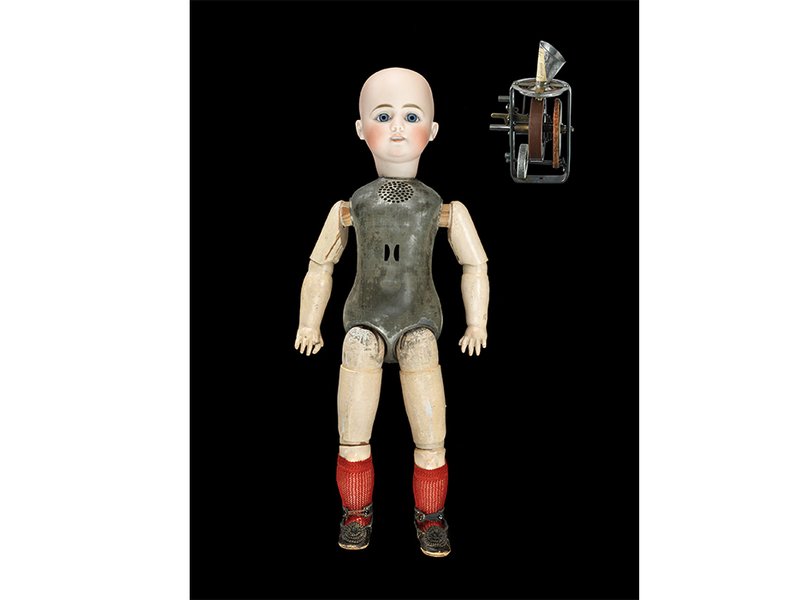 Thomas Edison is well known as the inventor of the phonograph. But did you know he also marketed a talking doll? As I note in my book,
Thomas Edison is well known as the inventor of the phonograph. But did you know he also marketed a talking doll? As I note in my book, 






